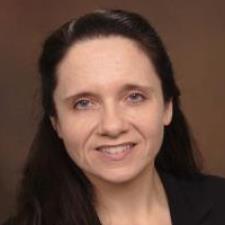There is "Hochdeutsch" (high German), or "Bundesdeutsch" as it is called in Austria, and there are several variations of "Hochdeutsch", often referred to as German dialects, even though speakers of these dialects consider them a language rather than their official linguistic classification as a dialect. Therefore, "Austrian" is a variation of "Hochdeutsch" that is spoken in Austria. It uses different pronunciation, vocabulary, expressions, idioms, and grammar. There are also a variety of dialects in Germany, and the further speakers of these dialects live from others, the harder it is for them to understand these other dialects. So for example, if someone lives in Berlin, they will find it very had to understand someone from Munich, unless both people talk to each other in "Hochdeutsch". But if the person from Berlin speaks "Berlinerisch" and the person from Munich speaks "Muenchnerisch", they are most likely not going to be able to have a conversation. On the other hand, Bavaria and Austria are geographic neighbors. Therefore, the dialects are more similar and they can sort of understand each other.
2 Answers By Expert Tutors

Mahi L. answered • 05/17/19
Become fluent in German!
German is a pluricentric language meaning, a language with several interacting standard forms, often corresponding to different countries. The standard versions of German are German German, Austrian German, and Swiss German. These versions vary from each other only slightly; they are NOT monolithic variations of German. The dominating standard for German is the one in Germany. Within Germany, depending on the region (south, north, etc.) the German standard has its own variations.
The second most important standard for German is the Austrian one, which is somewhat similar to the southern German standard. There is one grammatical difference; in German German, am always abbreviates an dem, but in Austrian German it can also mean auf dem. Southern German is understood in Austria without exception. However, Austrian German has a number of alternative words, often of Slavic or Hungarian origin.
The third most important standard is the Swiss one. It is significantly different from the previous two. There are some fundamental differences in pronunciation and some regular differences where Swiss German might appear even closer to French than the other standards of German. Swiss German also has some deviating bureaucratic terminology and sometimes incorporates dialect words that Germans and Austrians wouldn't necessarily understand.
Still looking for help? Get the right answer, fast.
Get a free answer to a quick problem.
Most questions answered within 4 hours.
OR
Choose an expert and meet online. No packages or subscriptions, pay only for the time you need.





